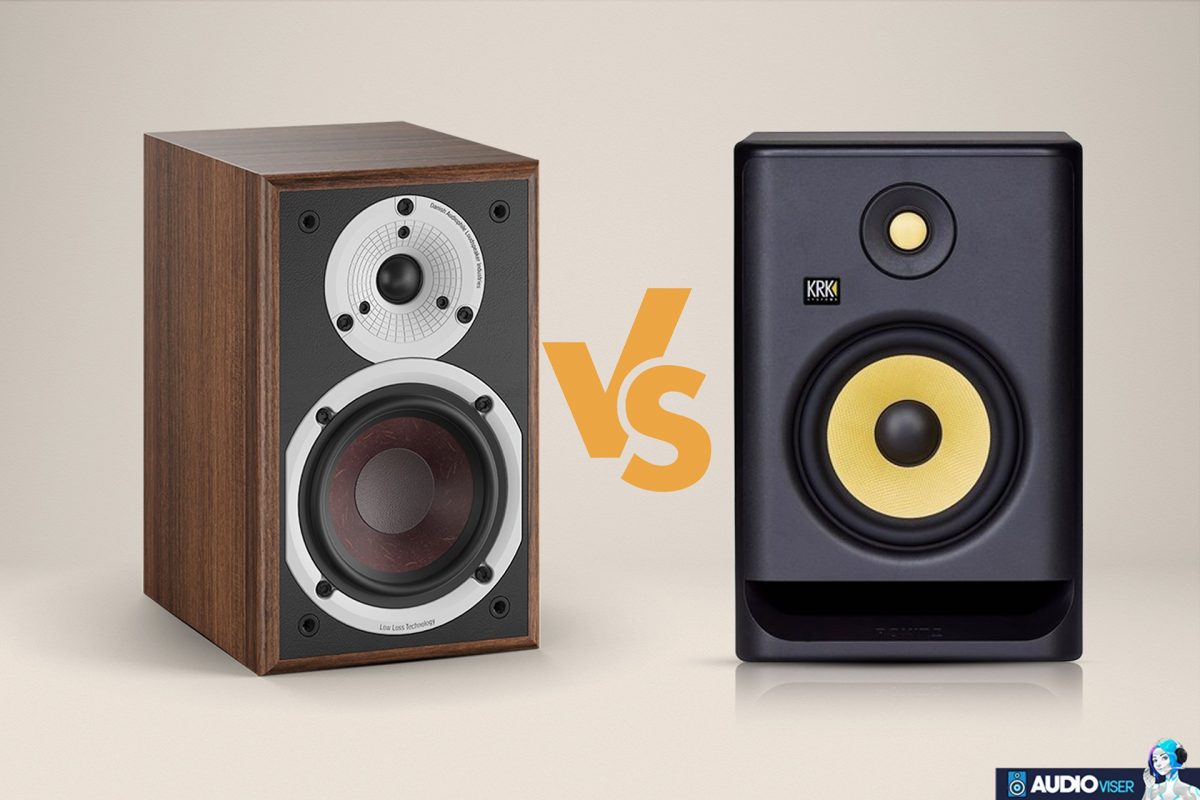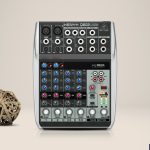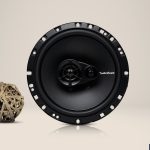
If you are interested in audio equipment, you may have wondered what the difference is between studio monitors and hi-fi speakers.
This could be simple or somewhat complicated.
Regardless, we’ll go into more detail about Hi-Fi Speakers vs. Studio Monitors in today’s article, so without further ado, please bear with me as I walk you through it.
Defining Hi-Fi Speakers and Studio Monitors
I considered first making sure to introduce you to both types of speakers so that we are aware of where we stand and what we dealing with before pointing out the differences.
HiFi Speakers

So let’s start by saying that while you are familiar with the term Speaker, you are not aware of what the term “Hi-Fi” means.
Simply described, High Fidelity (usually shortened as Hi-Fi or HiFi) is the reproduction of sound with high quality. Audiophiles and fans of home audio devices value it highly.
HiFi speakers, then, are speakers that offer the premium sound quality that audio aficionados seek.
A hi-fi sound system typically consists of two loudspeakers. They are primarily made for listening to music with a right channel and a left channel, which is referred to as a 2.0 signal (or sound source).
So, Hi-Fi speakers are high-end speakers that produce pure sound without any coloration. The word “Hi-Fi” was created by audiophiles to characterize an audio recording that is reproduced flawlessly and accurately, with no discernible noise or distortion.
Studio Monitors

On the other hand, studio monitors tend to be seen in professional environments.
Studio monitors are loudspeakers housed in speaker enclosures created especially for use in professional audio production applications.
They are crucial in the audio recording, mixing, and mastering department. Studio monitors create precise, dynamic sound mixes that are clear, allowing you to spot and fix any audio quality issues.
Yes, you can still use them to listen to music, but I wouldn’t recommend doing so.
Since studio monitors were designed to provide a sound that is flat and lacks any character or color, you will hear a different sound from your regular speakers.
Hi-Fi Speakers Vs. Studio Monitors: Differences
I gave a huge hint in the introduction above, we can therefore pretty much conclude a difference.
HiFi speakers are designed to create excellent sound in any environment. On the other hand, studio monitors are designed for critical listening so you can spot and fix any audio issues/flaws.
The Hi-Fi speakers are something that a music lover or audiophile will purchase while studio monitors are something that you will see in a professional studio.
While both speakers share common ground in many circumstances, there are significant differences across the board.
One of the speakers is Active while the other one is Passive.
Studio monitors are usually Active, meaning they include built-in powered speakers like amplifiers.
Home speakers, including those for Hi-Fi, are typically Passive and are powered by a separate external amplifier.
Perhaps I’m repeating myself but, when it comes to active and passive speakers:
- The Active term implies that the speaker is powered, it sounds good and high-end, they are also referred to as powered speakers.
- The Passive term implies that the speaker is made for consumer use and will need external power to sound high-end.
How Does This Deffiriantes Them
Active speakers, or Studio Monitors, in this case, have an advantage over passive speakers since the built-in amplifier supplies the woofer and tweeter cones separately, resulting in a much more precise sound as they don’t rely on one another for power
On the other hand, normal speakers, or say, Hi-Fi speakers, will need an external amplifier or even more than one to power them. Looking at the bright side with an external amplifier you will have more freedom to accommodate the speakers to your own liking, still, the costs and the tuning that you have to do might be a bit annoying.
Additionally, Crossovers are quite crucial. Building on the previous point, a crossover separates frequencies to make sure they reach the correct driver (speaker).
This again improves precision and clarity so that you can clearly hear every nuance throughout the EQ spectrum.
Still, I feel like the key difference here is the Sound Quality.
It’s not that HiFi speakers sound bad, don’t get me wrong; on the contrary, they sound wonderful.
However, studio monitors are made for Nearfield use and produce a flat, accurate sound. Because they don’t emphasize any particular frequency, you get the most accurate sense of your mix, allowing you to detect flaws with ease, you simply hear the music as it is originally recorded, there won’t be bass boosted and such things.
Nearfield Use
You might be unfamiliar with this phrase. This is a term that is frequently used while discussing studio monitors.
Nearfield refers to an area that is relatively close to the listener. With the “close” term, I mean a few feet away, and that provides you with a clear, direct sound.
Near field, monitors are typically located closer to the listener and have smaller drivers. Due to their close proximity, the monitor’s sound will more directly reach the listener’s ears as opposed to being reflected by the room’s surfaces.
| Feature | Studio Monitor | HiFi Speaker |
| Nearfield Sound | Yes | No |
| Far field Sound | No | Yes |
| Powered Speaker | Yes | No |
| Reference Response | Yes | No |
| Tuned sound signature | No | Yes |
Final Words
As a result, we have essentially reached the conclusion of the article. I did my best to explain everything simply and step by step.
Some words can be very difficult to understand, particularly in the audio world.
I can confirm that the number of people who truly comprehend speakers or audio equipment, in general, is very small. The majority of us have no idea what we are doing.
However, I believe the phrases and definitions I used are rather clear.
And I think the conclusion is crystal clear by now.
Studio monitors are essential if you’re a professional and need a set of speakers for work-related purposes.
Hi-Fi speakers, on the other hand, are for music lovers who want the best sound possible in their homes.
Happy reading, that’s all there is to it.
Further Reading
Since I have been mentioning studio monitors in this article, you can find out how to calibrate studio monitors, or how long do studio monitors last. You can also check the best studio monitors under $500.
Audio Engineer
You’ll never find anyone more passionate about audio as me. I love to share my knowledge with others and help people find the right equipment for them.





